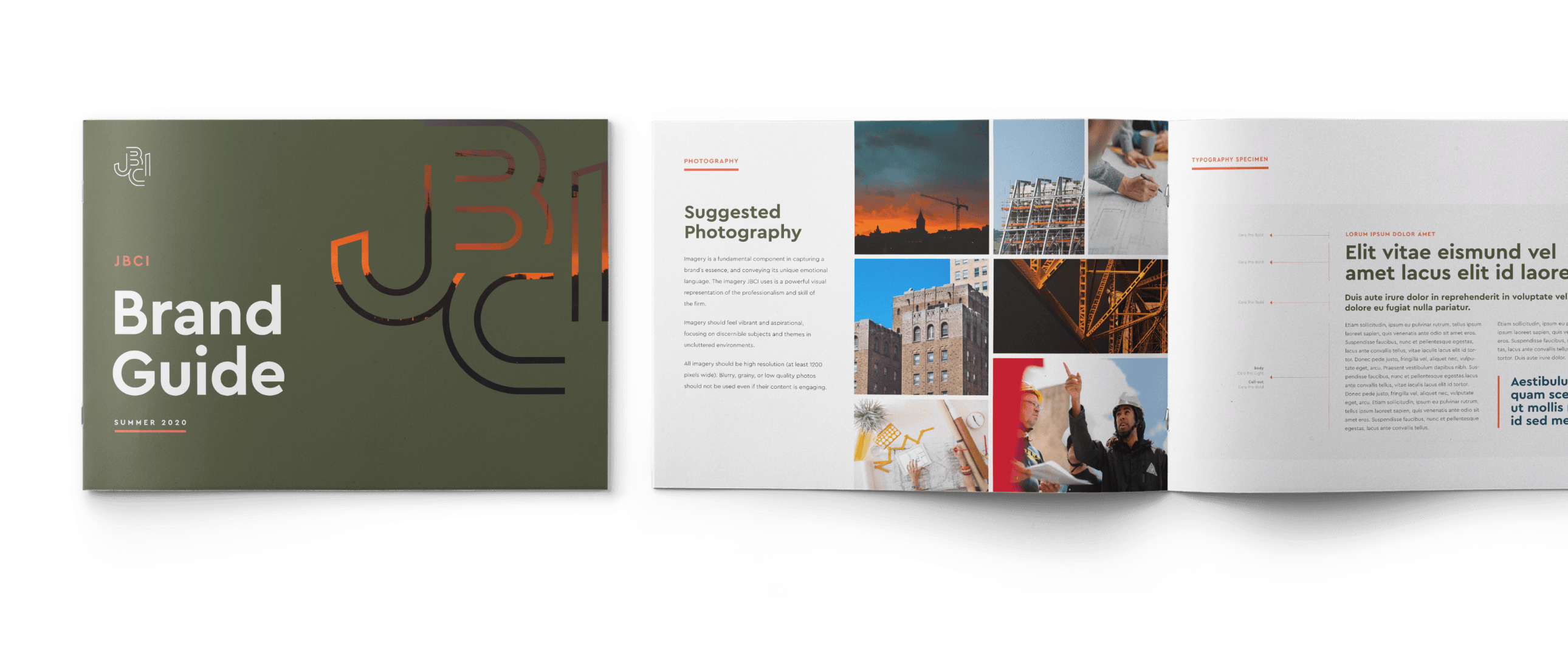Length
4 min read
Topic
Articles & Insights
As an Architecture, Engineering, and Construction (AEC) firm prepares for a change in ownership, an effective brand strategy becomes crucial for ensuring a seamless transition and continued success.
Effective branding can help the firm navigate this pivotal phase while maintaining its reputation, client relationships, and market position. A consistent brand also reassures clients about the firm’s stability and continuity despite the ownership change.
Brand Value
“Brand value” refers to the financial worth of a brand, which is an intangible asset. This value reflects how much a brand is worth to a company in terms of customer loyalty, recognition, and potential future earnings. It encompasses various factors, including the brand’s reputation, customer perceptions, market position, and the emotional and psychological associations consumers have with the brand.
A strong brand can enhance the perceived value of the firm, making it more attractive to potential buyers or investors. A well-regarded brand signifies a successful and reputable business, which can be a significant asset during negotiations.
Preserving Brand Equity
Brand equity refers to the value a brand adds to a product or service beyond its functional benefits. Key components of brand equity include brand awareness, brand associations, perceived quality, and brand loyalty.
A well-established brand represents the firm’s legacy, values, and industry standing–assets that hold immense value during an ownership change. By preserving and reinforcing the brand’s core identity, the firm can provide reassurance to clients and employees, minimizing disruptions and maintaining their trust and loyalty.
When considering brand equity, it is important to consider the longevity and scalability of the firm’s name. For example, it may be time to evaluate a name change as part of a larger rebranding initiative if the firm is named after its principal owners, or if a service offering has dramatically expanded due to the change in ownership.

If the firm has built significant brand equity and recognition over the years, retaining the existing name can provide continuity and reassurance to clients and employees during the ownership change. This approach preserves the firm’s legacy and reputation while signaling stability.
Facilitating Continuity
Branding encapsulates the firm’s culture, which is often deeply rooted in the founders’ vision. A comprehensive brand guide that articulates the firm’s purpose, personality, and principles can help the new leadership align their approach with the existing culture, fostering a smooth cultural transition.
 Additionally, a brand style guide is a comprehensive document that outlines how a brand should be presented across all forms of media and communication. It serves as a blueprint for maintaining consistency in branding, ensuring that all visual and written materials align with the brand’s identity. Creating and adhering to a brand style guide helps maintain a cohesive brand image, which is crucial for brand recognition and loyalty. It also ensures that all team members and external partners can create materials that are consistent with the brand’s standards.
Additionally, a brand style guide is a comprehensive document that outlines how a brand should be presented across all forms of media and communication. It serves as a blueprint for maintaining consistency in branding, ensuring that all visual and written materials align with the brand’s identity. Creating and adhering to a brand style guide helps maintain a cohesive brand image, which is crucial for brand recognition and loyalty. It also ensures that all team members and external partners can create materials that are consistent with the brand’s standards.
Attracting and Retaining Talent
A strong employer reputation is essential for attracting and retaining top talent during an ownership shift. Successful firms consistently communicate the company’s employee value proposition, professional development opportunities, and workplace culture in order to encourage employee engagement and maintain its appeal to current and prospective new hires.
Differentiating in the Market
Differentiation is about creating a unique position in the market that resonates with customers, sets a brand apart from competitors, and drives long-term success and profitability. It also builds customer trust and loyalty, reduces price competition, increases brand recognition, and enhances market adaptability.
As the firm enters a new era, refreshing its brand positioning and messaging can highlight its unique capabilities, expertise, and vision under the new ownership. For your business development team, this can fuel growth through opening doors to new markets and clients. If a rebrand is part of the strategy, plan it carefully. Consider whether there is enough brand equity to reflect the heritage of the brand within the new direction.
Facilitating Integration
In the case of a merger or acquisition, branding plays a crucial role in integrating the firms’ identities, cultures, and operations. A well-executed brand strategy can help align the combined entity’s vision, values, and market positioning, ensuring a cohesive and unified brand presence.
By proactively managing its brand during an ownership transition, an engineering, construction or architecture firm can maintain its hard-earned reputation, minimize disruptions, and position itself for continued success under the new leadership.
A Strategic Plan
When a brand undergoes a change of ownership, it faces the challenge of maintaining customer trust and loyalty while effectively integrating new leadership and possibly new business strategies. A successful strategic plan for navigating a change of ownership should include clear and transparent communications and consistent, professional branding. What are the stakeholder, current staff and client expectations during the transition process? A clearly defined brand strategy aligns expectations and reality, paving the way for a smooth and thoughtful change of ownership.
Third & Arch offers specialized marketing strategy and creative services designed to navigate the unique challenges and opportunities of architectural, construction and engineering firms. By integrating cutting-edge digital strategies with traditional marketing wisdom and top-notch design, Third & Arch helps AEC firms connect with decision makers, enhance brand engagement, and provide marketing and the business development team the tools they need to succeed in the competitive AEC market.



